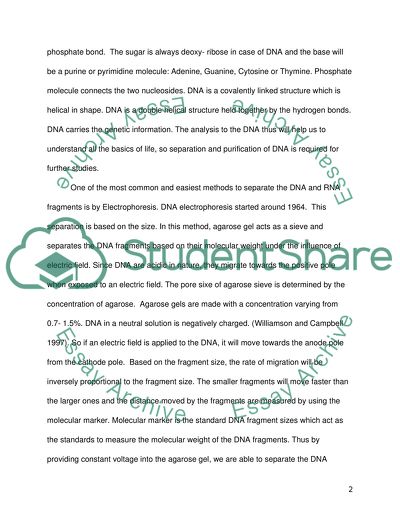Cite this document
(“Agarose Gel Electrophoresis of DNA Lab Report Example | Topics and Well Written Essays - 1250 words”, n.d.)
Retrieved from https://studentshare.org/biology/1459715-agarose-gel-electrophoresis-of-dna
Retrieved from https://studentshare.org/biology/1459715-agarose-gel-electrophoresis-of-dna
(Agarose Gel Electrophoresis of DNA Lab Report Example | Topics and Well Written Essays - 1250 Words)
https://studentshare.org/biology/1459715-agarose-gel-electrophoresis-of-dna.
https://studentshare.org/biology/1459715-agarose-gel-electrophoresis-of-dna.
“Agarose Gel Electrophoresis of DNA Lab Report Example | Topics and Well Written Essays - 1250 Words”, n.d. https://studentshare.org/biology/1459715-agarose-gel-electrophoresis-of-dna.


